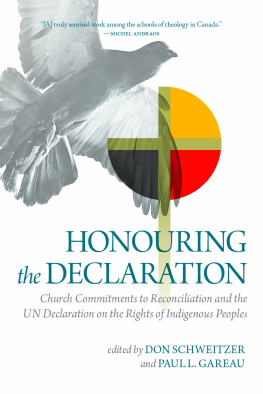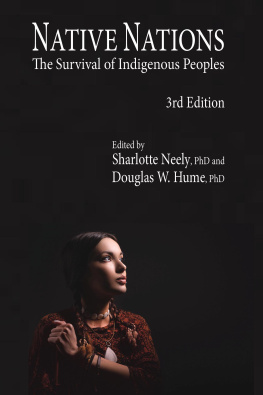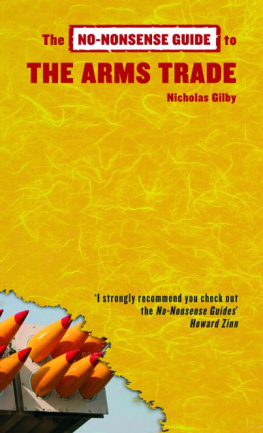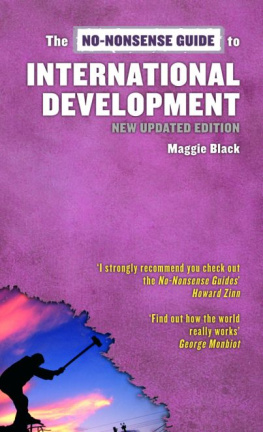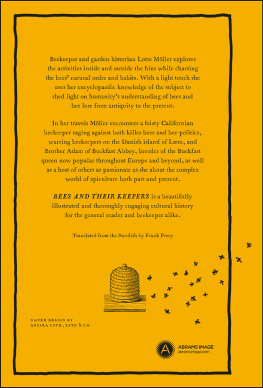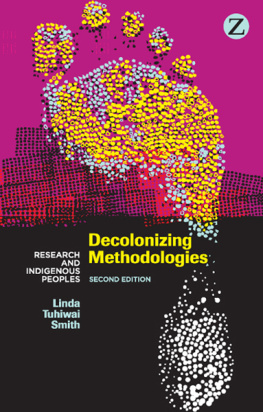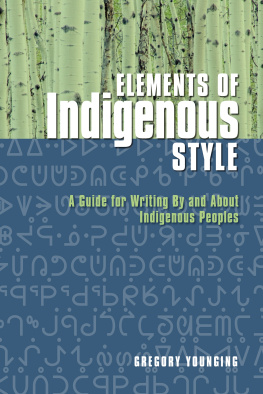Foreword
THE HISTORY OF THE WORLD is inseparable from the fate of indigenous peoples. From Australia to Amazonia, groups who occupied the fertile shores and river valleys have been pushed into far, infertile corners of their own worlds, or exterminated by explorers, colonizers and nation states. This means that the morality of our world is also bound up in their fate. How a modern state views and deals with aboriginal peoples is revealing. The survivors may be in remote arid, icy or hidden landscapes, but their significance lies at the center, not the periphery, of our world.
Lotte Hughes remarkable book charts the histories and politics of indigenous societies. Some issues are complicated and unresolved: the notion of indigenous is full of contention, with a maze of definitions. A strength of this Guide is that it acknowledges difficulties and refuses deconstruction, without obscuring the variety and complexity of indigenous societies.
The Guide describes the achievements, as well as the grief and oppression. It highlights the key feature of indigenous systems: a nurturing, respectful relationship to the land. Indigenous peoples wish to ensure that the land they use and the creatures they kill to eat will continue to sustain them. This is revealed in a fascinating intersection between religious and material relationships to the world. Many Europeans have taken inspiration from this, sometimes being derided as nave and romantic. For indigenous peoples can be just as ruthless with their environment or with one another as the rest of us. In addressing romanticism, Lotte Hughes points out that indigenous societies need the world around them to stay the same: survival depends on the land and animals remaining as they are, with only minor changes. To note this is not to romanticize but to report social and economic realities. Environmental conservatism does not make people good, or mean they are without human cruelties but it does mean that they have tended to be good environmentalists. It also means that they have expertise that can benefit not just local territories, but all peoples.
The success of their environmentalism makes their displacement all the more poignant. For loss of land usually means the loss of the possibility to be themselves. They rely on the territory: where ancestors have nurtured the earth, cared for the animals, propitiated the spirits. A cruel irony of their displacement is that they have often been accused, by those wishing to displace them, of killing too many animals, over-fishing or neglecting the land. Hence many groups have been forced out of national parks in east and southern Africa, despite having ensured, by their customs and skills, the enduring beauty and abundance of these places. Elsewhere, mines, forestry and intensive agriculture have dispossessed so many.
But this Guide also tells of the fight back. Indigenous groups have formed international alliances, and have a permanent presence at the UN. They are battling to secure rights to live on their lands, to check logging, to preserve fisheries, to manage their own resources and to take effective part in government. These struggles may be versions of David and Goliath, without promise of miraculous outcome. But there have been successes. The challenge now is for indigenous peoples to define, and the rest of the world to respect, a development model that is neither an unrealistic ideal of times gone nor an acceptance of final assimilation in colonial nation states. Indigenous peoples ask that their voices be heard, their stories be told and that they take their place, on their own terms, in their own lands. This No-Nonsense Guide lays out the issues behind and within this challenge.
Hugh Brody
Anthropologist, filmmaker and author of Maps and Dreams and The Other Side of Eden
Introduction
SINCE THIS BOOK was first published in 2003, there has been a sea-change in the world of indigenous peoples and their rights.
The most significant change was the adoption in 2007, by the United Nations General Assembly, of the UN Declaration on the Rights of Indigenous Peoples. This followed more than two decades of dialogue, and represents (in the words of the indigenous rights organization Cultural Survival) a blueprint for how Indigenous People worldwide should be treated. However, the Declaration has yet to be fully implemented, and the struggle continues to see its provisions, described in 46 articles, applied internationally.
The first International Decade of the Worlds Indigenous People (1995-2004) has come and gone, and a second Decade began in January 2005. Indigenous peoples rights have become an increasingly important subject in international law, and a series of landmark legal judgments has broken new ground. As the result of emerging rights regimes, the establishment at the UN of a Permanent Forum on Indigenous Issues, the widening of democratic space and flowering of civil society in many countries, together with the proliferation of international and national development agencies, we have witnessed a surge in indigenous activism and advocacy.
A global indigenous rights industry has arisen, the effects of which are not always positive. Groups are fiercely competing for donor funds and other resources, and some of the poorest communities who may lack access to power-brokers and policy-makers can be marginalized in the process. On the plus side, indigenous activists have been able to influence policy-making on issues such as environmental management and tourism on indigenous lands and continue trying to ensure that indigenous peoples needs and rights are taken into account.
Some of the most striking changes have come about in South America, not least in Bolivia, which, since 2006, has had, in the form of Evo Morales, its first indigenous president. Domestically he has introduced policies benefiting indigenous communities through land reforms and redistribution of wealth, while, on the international stage, in climate negotiations, President Morales has argued from an indigenous perspective for greater respect to be shown to Mother Earth.
Another fascinating development is the phenomenon of becoming indigenous. This refers to the attempt by certain communities to reconstruct and present themselves as indigenous people, when they may not meet the widely accepted criteria. While understandable, in parts of the world where identities and claims are increasingly politicized and essentialized, and where people are competing for dwindling resources, this can be highly problematic.
This book tries to avoid romanticizing indigenous peoples, which some of the literature tends to do. I have tried to strike a balance between, for example, focusing on victimization and successful struggle; too much emphasis can often be put on the former, and not enough on how people have fought back. Rather than paint too rosy a picture of indigenous life and knowledge, I have also described tensions and contradictions. Indigenous people demand the right to speak for themselves, and this No-Nonsense Guide includes as many direct voices as possible.
All the communities mentioned in these pages deserve a book in their own right. It is impossible to include everyone and, in such a small space, to do justice to all the peoples, historical milestones and events that could be covered. Our aim is to provide illustrative snapshots, in the hope that readers will be inspired to find out more.
Lotte Hughes , November 2011


